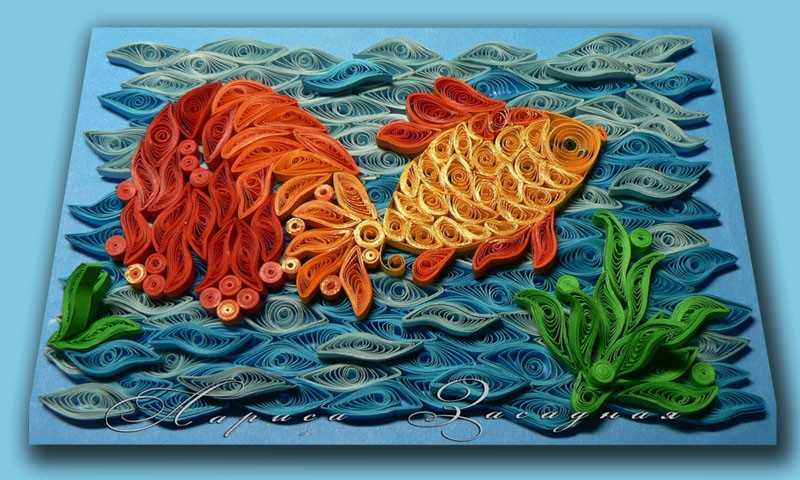Paper Quilling Art has experienced a resurgence in recent years. It is a relaxing and inexpensive hobby that anyone can enjoy. The supplies you need to get started are inexpensive and available from most hobby and craft stores.
Begin with a basic circle to practice your skills, then move on to other shapes. You can even use graduated paper to create your designs.
Colors
Paper quilling is a great craft to practice for children, and it’s also an excellent way to build hand-eye coordination. It can be used to create beautiful flowers, intricate designs, and even letters of the alphabet. Choosing the right colors for your projects is essential to creating vibrant, eye-catching pieces. Using contrasting hues can make your designs pop, while different shades of the same color can add depth and sophistication to your work.
Quilling is an ancient art form that dates back to the 13th century. Its exact origin is unclear, but it was likely invented in China after the invention of paper. Then, in the 18th century, it became popular in France and Italy where nuns used it to imitate metal filigree on religious items.
Shapes
There are several different shapes that can be used in quilling art. These include circles, spirals, teardrops, spires, and leaves. Once these are mastered, they can be arranged together to create different designs. This is a great way to create a unique greeting card or photo frame.
Unlike painting, quilling requires very little equipment to start. It is also a great way to build motor skills, especially in children. It also promotes creativity and self-esteem. It is a fun and relaxing hobby that can be enjoyed by people of all ages.
You can make a variety of shapes by using a simple quilling pattern or template. These can be downloaded online or found in quilling kits. Alternatively, you can draw your own design. Once you are happy with your work, glue the pieces together.
Techniques
Paper quilling is a creative craft that allows children to express their imagination and creativity. It requires patience and dexterity, but it can be very rewarding. It is also a great way to improve hand-eye coordination and concentration.
To start, it is important to have the right materials. You will need a quilling tool with a slotted needle, and tweezers are helpful for positioning delicate coils. It is also good to have a circle sizing board, which helps you roll consistent sizes of circles.
It is recommended that you use a medium weight paper for quilling, as it will be easier to roll and hold the shapes you create. It is also important to use glue that dries quickly. You can buy pre-cut quilling paper in various colors, or cut your own strips with a paper cutter.
Materials
Paper quilling is a great way to express creativity. You can use many different colors and shapes to make unique designs. You can even add embellishments like rhinestones and half pearl beads to make them more attractive.
You can purchase pre-cut strips of paper for quilling in a variety of colors and widths online or at craft stores. You can also cut your own using a ruler and a craft knife or scissors. You should choose a paper that is a little thicker than typical printer paper but not as thick as cardstock.
Paper quilling requires a steady hand and attention to detail. It is a great activity for kids and adults alike, and it can help improve fine motor skills. It can also enhance concentration and problem-solving skills.
Glue
Glue is an essential part of quilling because it is used to stick all the rolled and shaped pieces together into a unified and decorative design. Generally, most quillers use PVA (polyvinyl acetate) glue which is typically found in the craft drawer at home and school.
This type of glue is water-based and does not dry tacky so it works well for paper quilling. It is usually in a squeezy bottle and has a nozzle for precise application.
Clear glues are also a popular choice among quillers as they don’t show up on the finished product. However, these types of glues are solvent-based and therefore can be riskier to work with, especially if you’re working with children. They also tend to take longer to dry.


